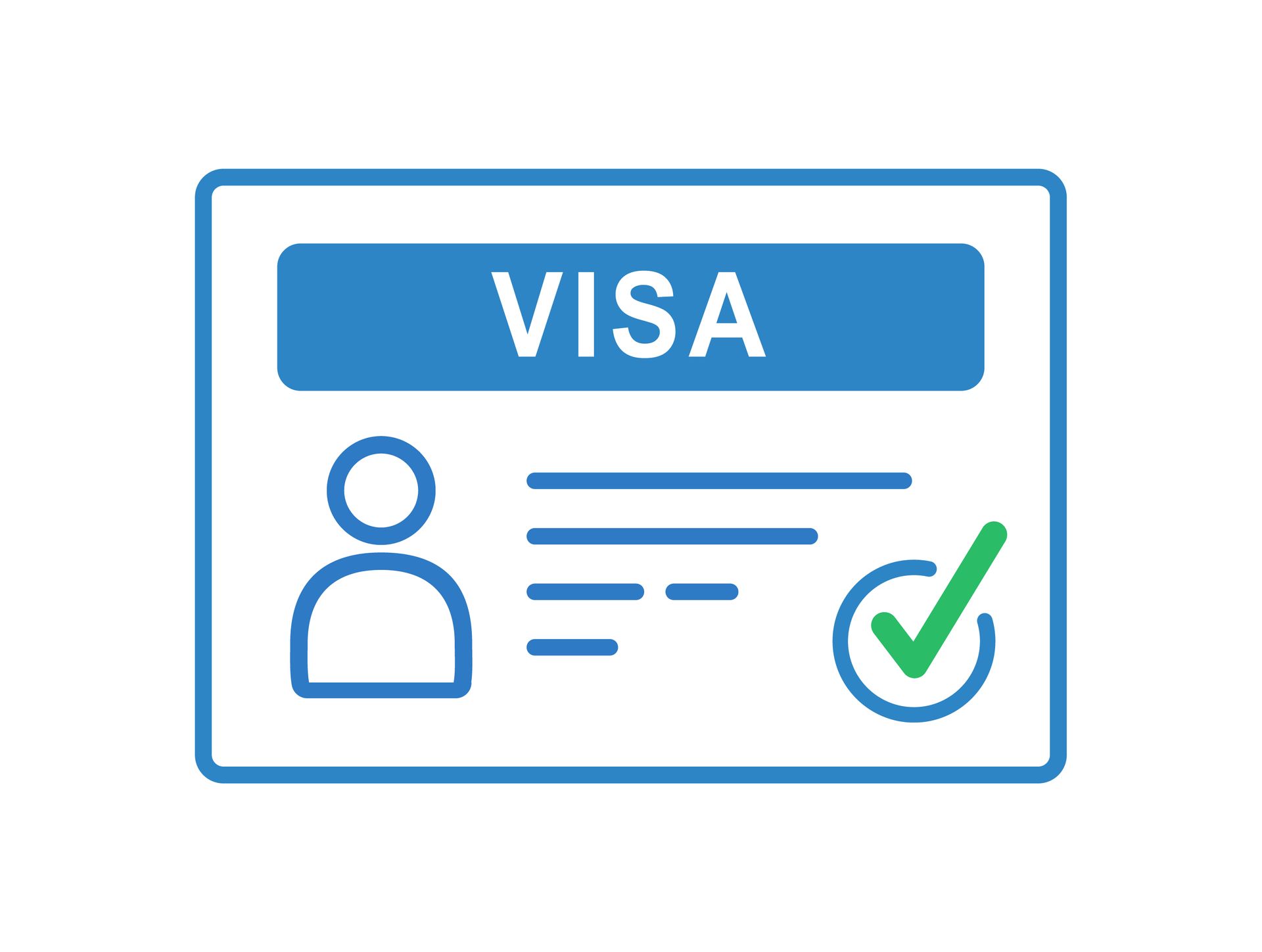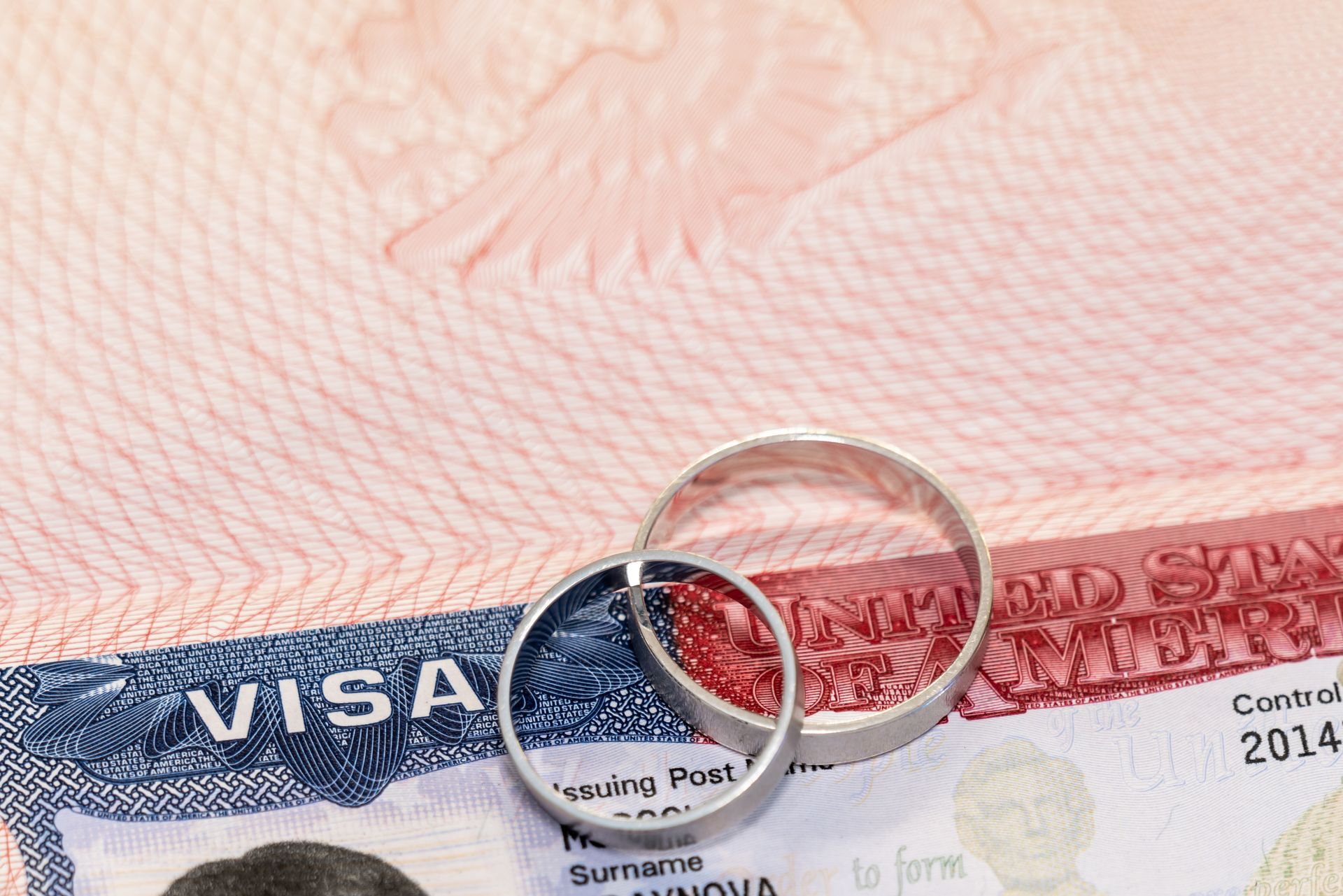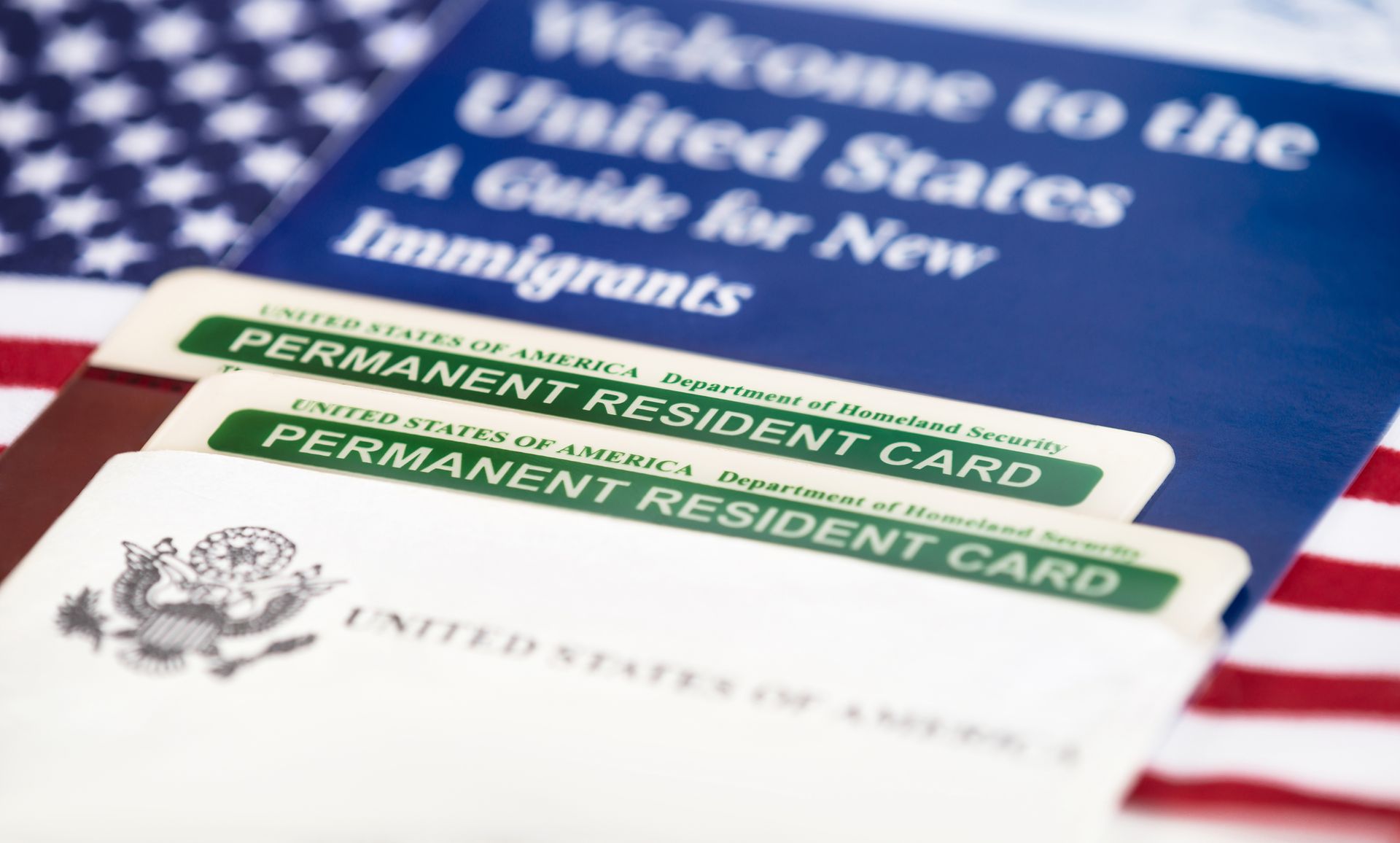Denied Adjustment of Status? Here’s What You Can Do Next
Denied Adjustment of Status? Here’s What You Can Do Next
A denial of your adjustment of status application can feel like a devastating setback—but it’s not always the end of the road. Many people face obstacles during the green card process, whether due to paperwork issues, background concerns, or misunderstandings with USCIS. The good news is that there may still be a path forward.
At Sintsirmas Immigration Law Co. LPA, we help individuals across the U.S. understand their options after a denied adjustment of status and guide them toward possible solutions. Here’s what you need to know if your Form I-485 has been denied.
Why Was My Adjustment of Status Denied?
The first step is to understand the reason for the denial. USCIS will typically include the explanation in your denial letter. Common reasons include:
- Missing or incorrect documentation
- Inadmissibility issues (e.g., past immigration violations, criminal history)
- Lack of eligibility under the claimed category
- Failure to attend the USCIS interview
- Errors on Form I-485 or supporting forms
- Unlawful presence or visa overstay
Once you’ve identified the reason, you’ll be better positioned to take the appropriate next steps.
Your Options After a Denial
Depending on your situation, there may be more than one way to respond to the denial:
1. File a Motion to Reopen or Reconsider (Form I-290B)
If you believe the denial was made in error or if you have new evidence, you can file a motion to reopen or reconsider your case. These motions must be submitted within 30 days of the decision, so timing is critical.
- Motion to Reopen: Introduces new facts or documentation not available during the original filing.
- Motion to Reconsider: Argues that the decision was incorrect based on the evidence and the law at the time.
2. Reapply for Adjustment of Status
If the problem was procedural or due to missing information, reapplying may be your best option. In some cases, you can correct the issues and submit a new application. However, this route may not be possible if there are more serious concerns, such as inadmissibility.
3. Consider Waivers (If Eligible)
If you were deemed inadmissible due to certain grounds—such as unlawful presence, misrepresentation, or criminal issues—you may be able to apply for a waiver (like Form I-601 or I-601A). These waivers require strong supporting documentation and a compelling reason to forgive the violation.
4. Explore Other Immigration Paths
Even if your adjustment of status application was denied, you might qualify for other immigration benefits. Some individuals pursue consular processing abroad or explore eligibility through humanitarian relief options such as asylum, U visa, or VAWA.
5. Stay Informed and Avoid Removal Proceedings
In some cases, a denial can lead to a Notice to Appear (NTA) in immigration court. It’s critical to act quickly to protect your legal status and avoid potential deportation. A well-prepared defense can make a difference if you’re placed in removal proceedings.
When to Seek Legal Support
Adjustment of status cases involve sensitive information and strict requirements. If you’ve received a denial, trying to navigate the appeals or reapplication process alone can result in further complications. That’s why working with a trusted immigration law firm can provide peace of mind and a clear path forward.
At Sintsirmas Immigration Law Co. LPA, we help clients across the country address adjustment of status denials with personalized legal guidance. We’ll review your denial notice, assess your options, and help you build a stronger case.
Don’t Wait—Time Matters
Deadlines to file motions or reapply are short. The sooner you act, the more likely it is that your case can be salvaged or redirected toward another successful outcome.
📞 Call 866-668-8727










